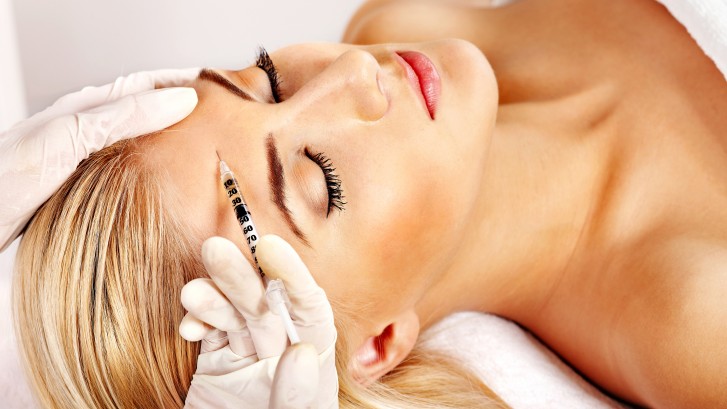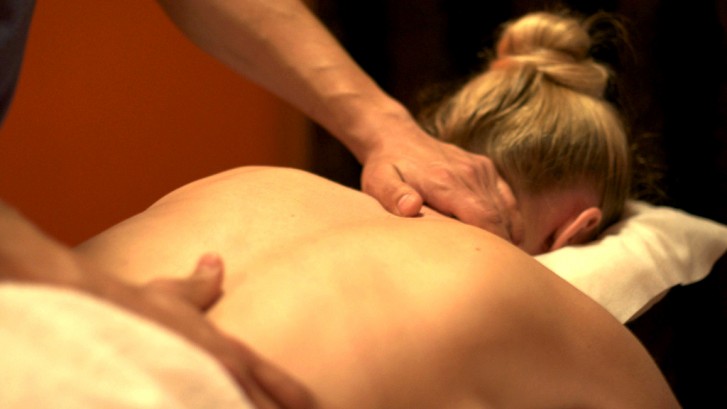5 Reasons Why You Should Consider A Facelift
People undergo plastic surgery for all types of reasons, from health, to self-esteem. Also known as a rhytidectomy, a facelift is one of several plastic surgery procedures that is designed to restore youth and vitality to your features. A facelift specifically targets the lines, wrinkles and aberrations on your face. There are many different kinds of facelifts, ranging from a deep-plane facelift to a mini-facelift.
All of these separate procedures target different areas of the face with varying degrees of intensity, and only a licensed medical professional will be able to determine which type of facelift is right for you. The decision is ultimately yours, but here are 5 popular reasons to consider getting a facelift procedure:
Loss of Muscle Tone and Skin Elasticity
This is a natural part of aging, and can sometimes occur as early as your thirties. While some medical professionals will recommend a regular regimen of facial exercise to tighten everything up, a facelift will have a more permanent effect. A mini-facelift would be the best option here, as this only requires a minimal amount of surgery.
Tired Appearance
Perhaps the most common motivator for seeking plastic surgery, a tired appearance can mean anything from droopy eyelids to dark circles under your eyes. A blepharoplasty (eyelid surgery) is usually all that is needed to remedy this issue.
Deep Creases Around the Nose and Mouth
This issue is a bit trickier, and can cause serious health concerns down the line in addition to negatively impacted appearance. A deep-plane facelift may be the best option here, as it will mobilize and reposition facial features through the stimulation of facial nerves.
Deep Wrinkles of the Neck and Face
This is another issue that onsets with age, although it is not harmful in any way. The best procedure for this is a mid-facelift, which rejuvenates sagging and wrinkled skin, especially in the middle of the face around the cheeks.
Sagging Neck Skin
A neck contouring facelift, which targets a sagging neck by defining the jawline and chin, would be the recommended procedure here. Sagging neck skin is something that unfortunately comes with age, but it is easily fixable.
For more information, schedule a consultation today with a medical professional so that he can determine which facelift procedure would be best for you. Make sure to bring questions on what work you want done and what it would take to achieve the desired level of youth and vitality that you seek in your facial features.










